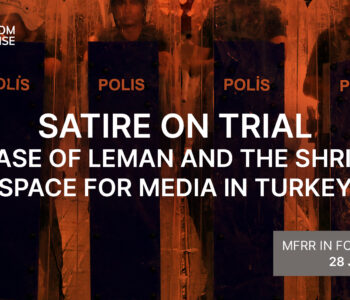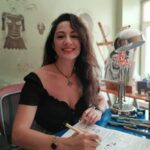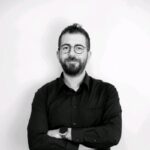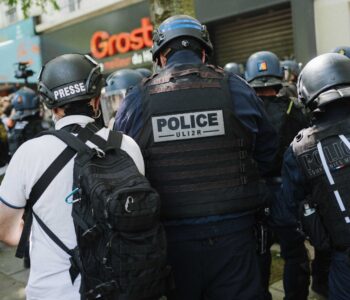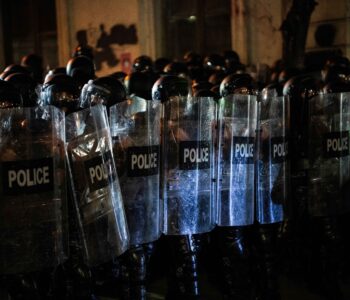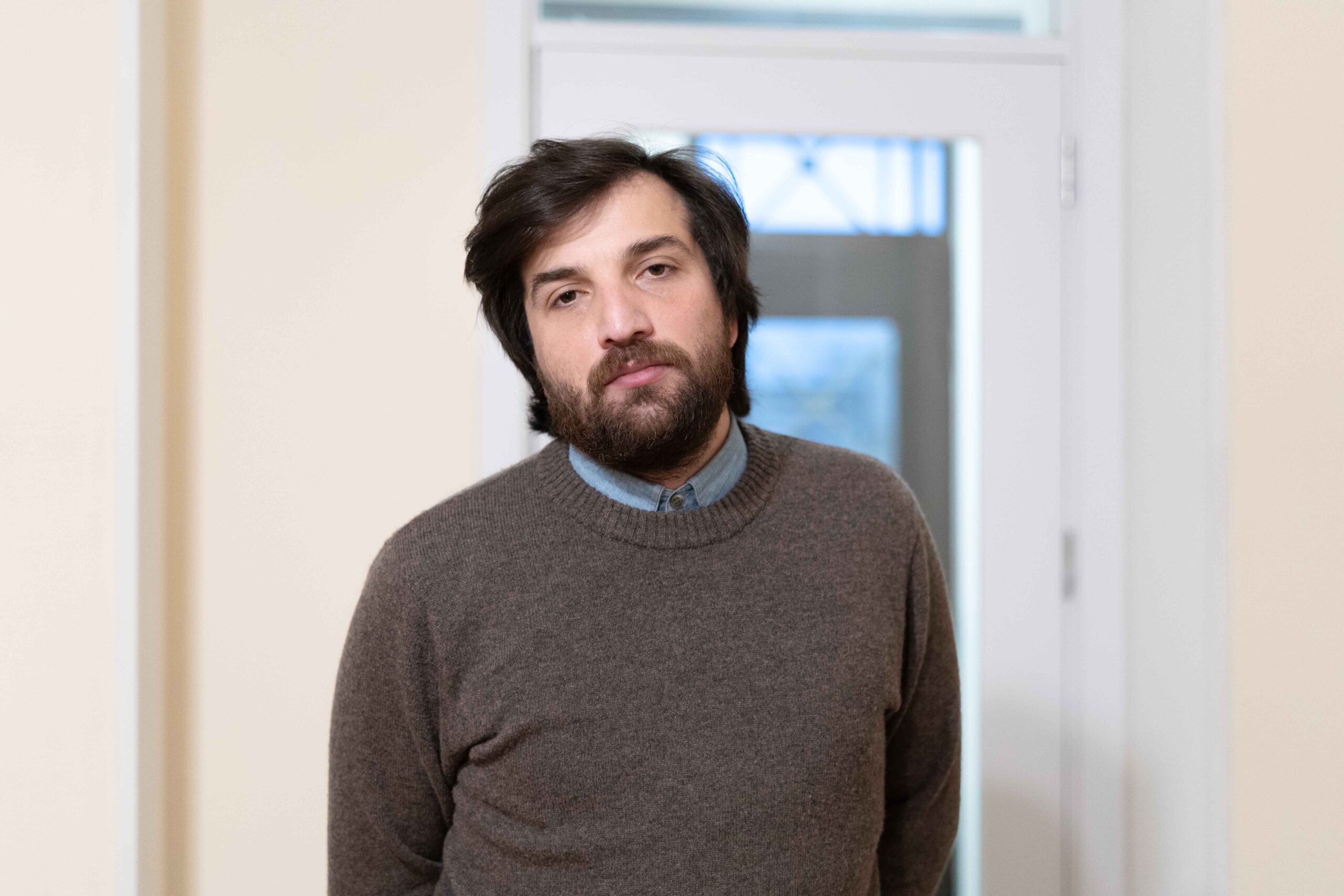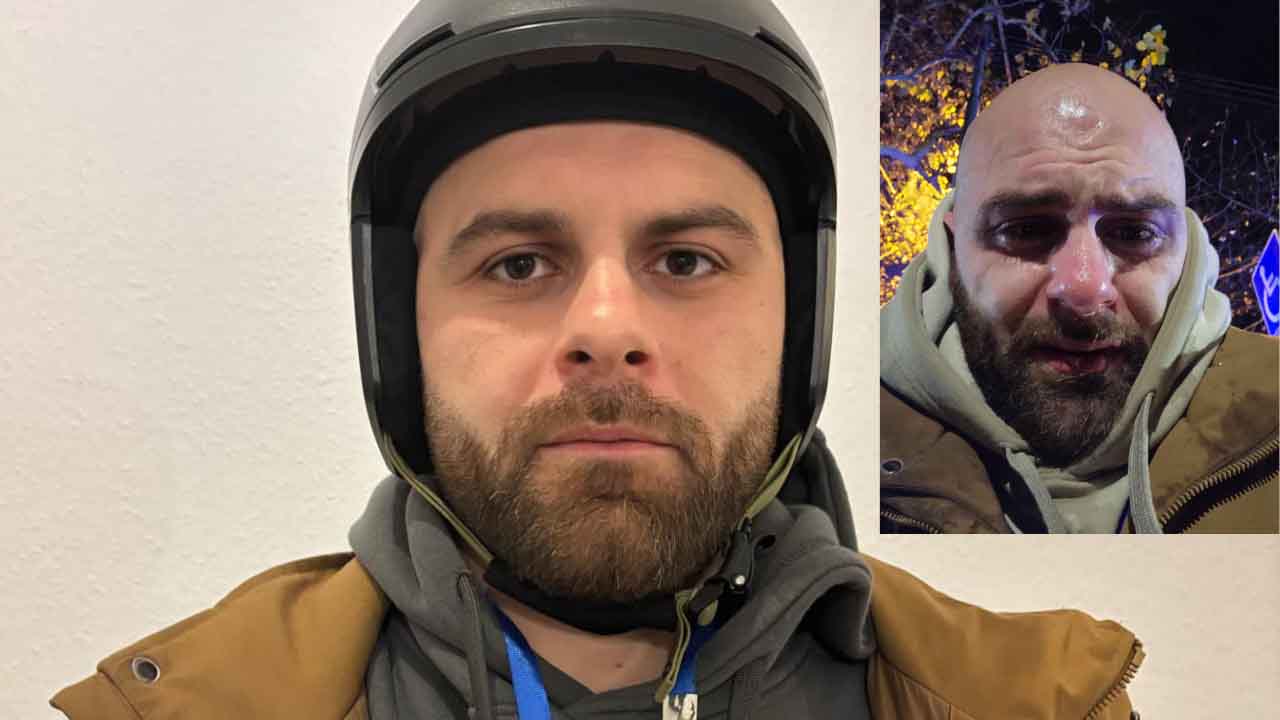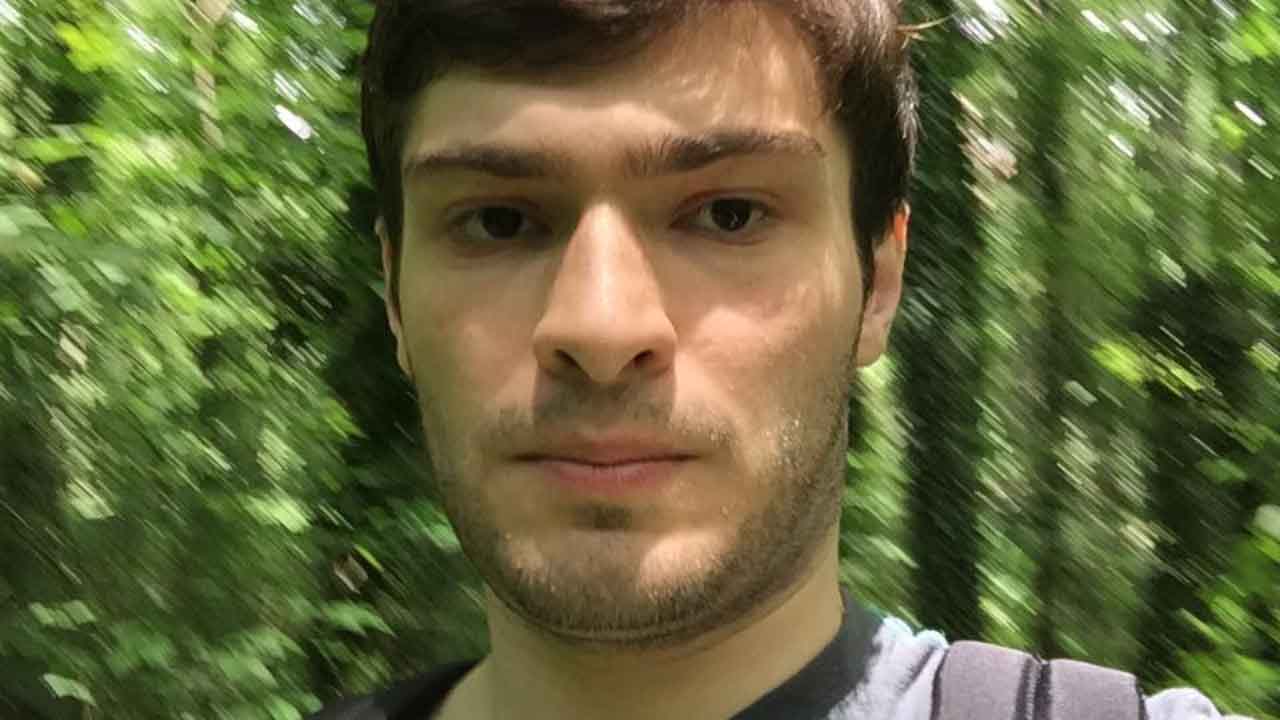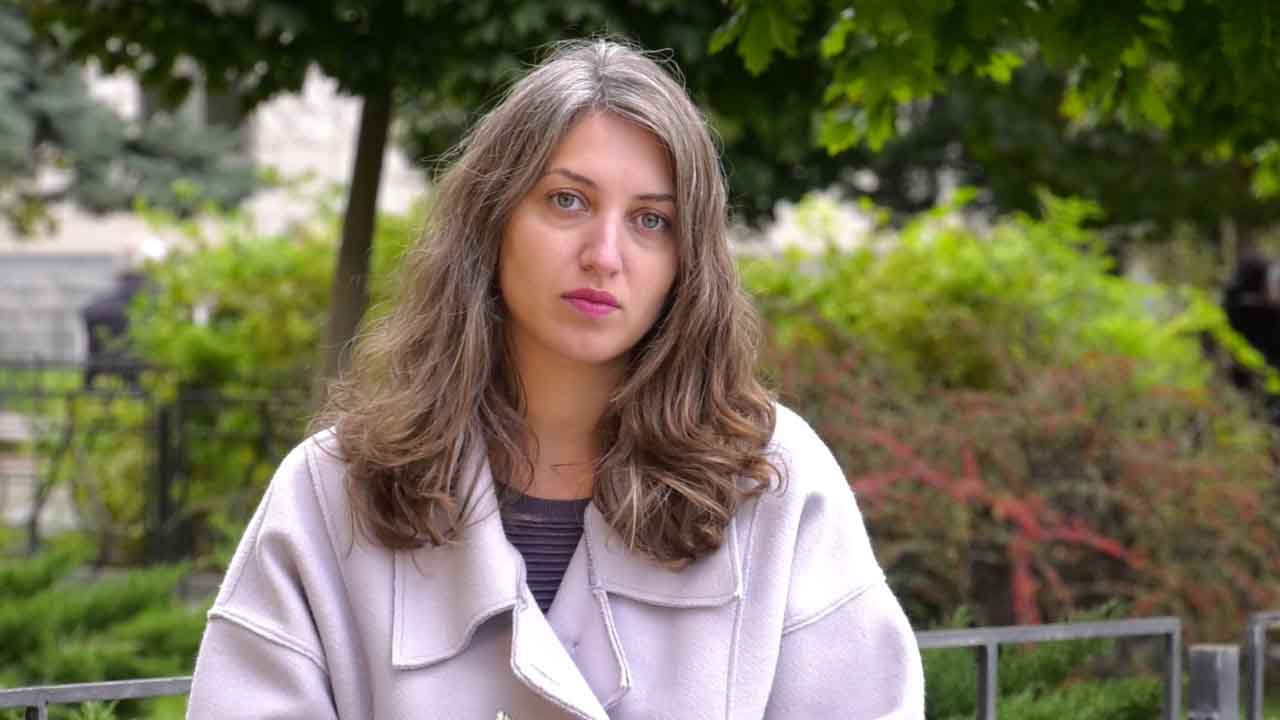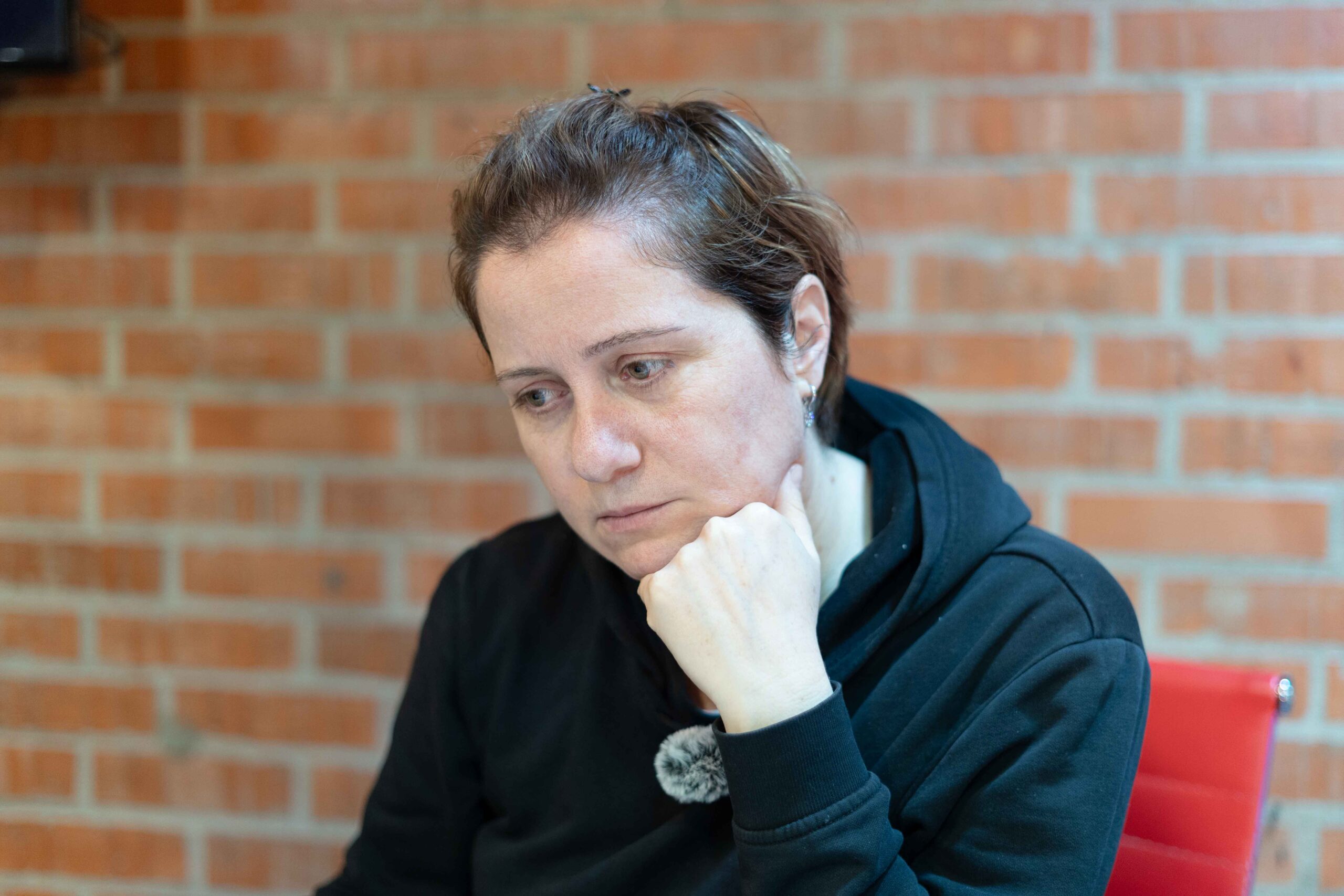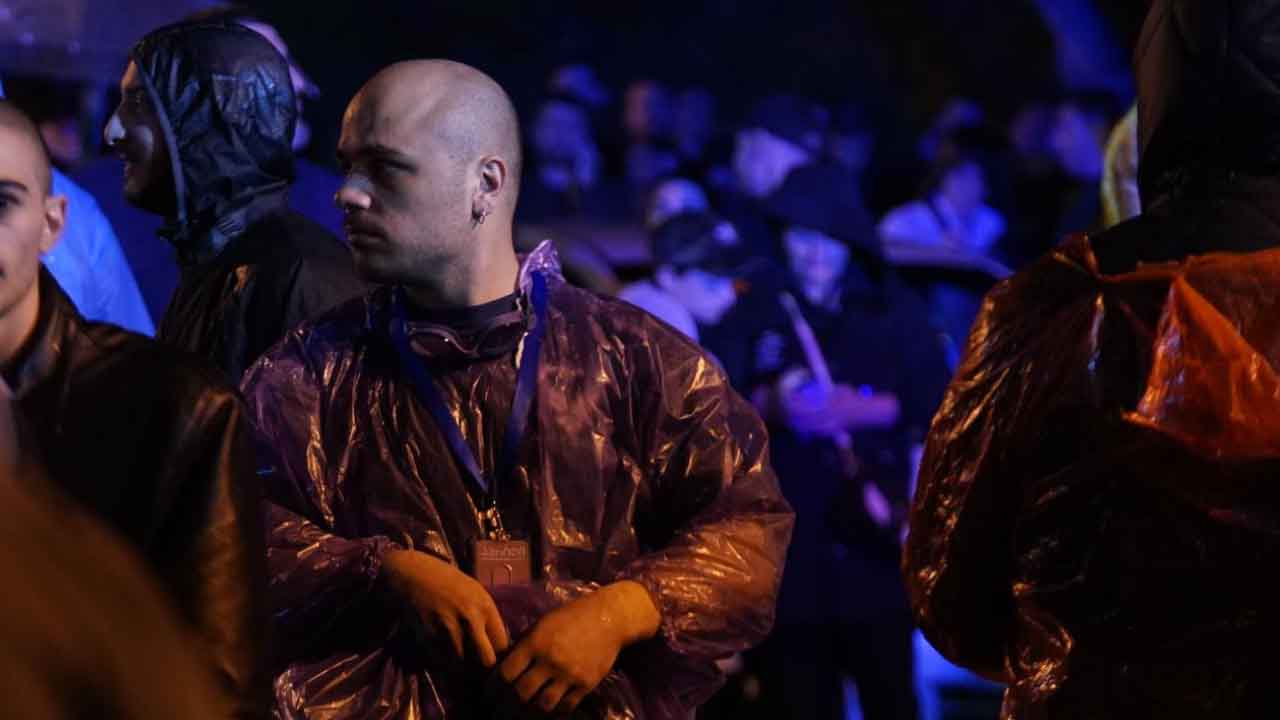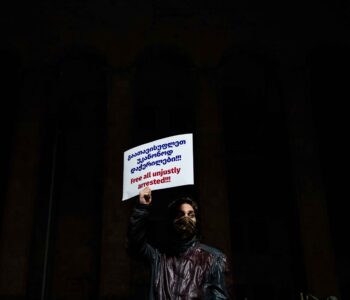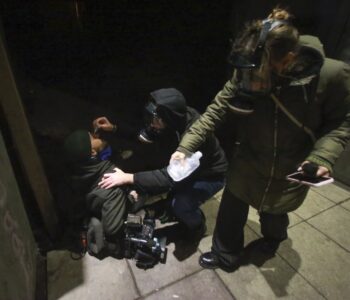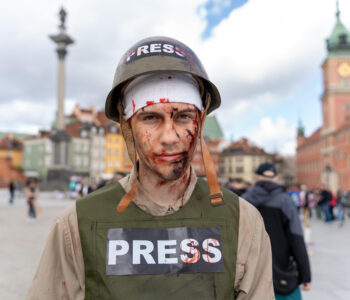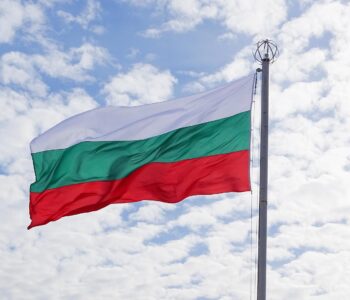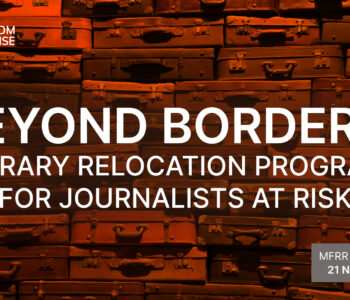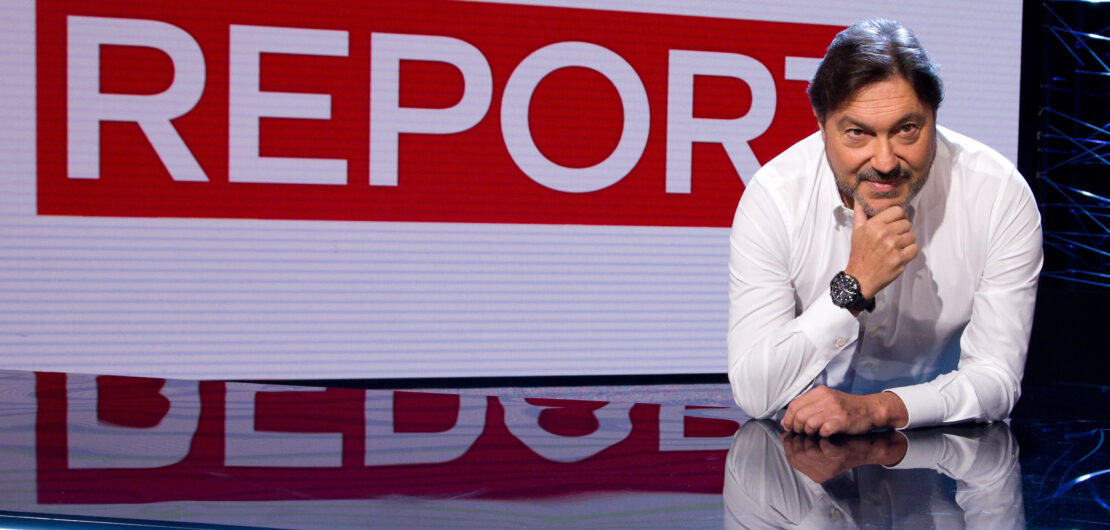 Allgemein
Allgemein
Italy: Car bomb attack on investigative journalist Sigfrido Ranucci…
Car bomb attack on investigative journalist Sigfrido Ranucci rings alarm for media freedom in Italy
The undersigned journalists and media freedom organisations strongly condemn the car bomb attack on one of Italy’s leading investigative journalist Sigfrido Ranucci and his family. We welcome the opening of an investigation by the Anti-Mafia Investigation Division and call for an urgent assessment of the effectiveness of the protective measures applied to the journalist.
17 October 2025
On 16 October 2025, at around 10 p.m. a bomb consisting of 1kg explosive detonated near the car of Rai journalist Sigfrido Ranucci in Pomezia, near Rome. The bomb went off 20 minutes after Ranucci’s daughter parked the car. No one was injured in the attack, which damaged the two vehicles and a nearby home.
Ranucci is a longtime host of Report, the investigative programme broadcast on Rai 3, known for its in-depth reporting on corruption and organised crime. In recent years, he has been the target of numerous threats and intimidation. He was granted police protection in 2010, which was enhanced in 2021, following threats from mafia-style organisation N’drangheta.
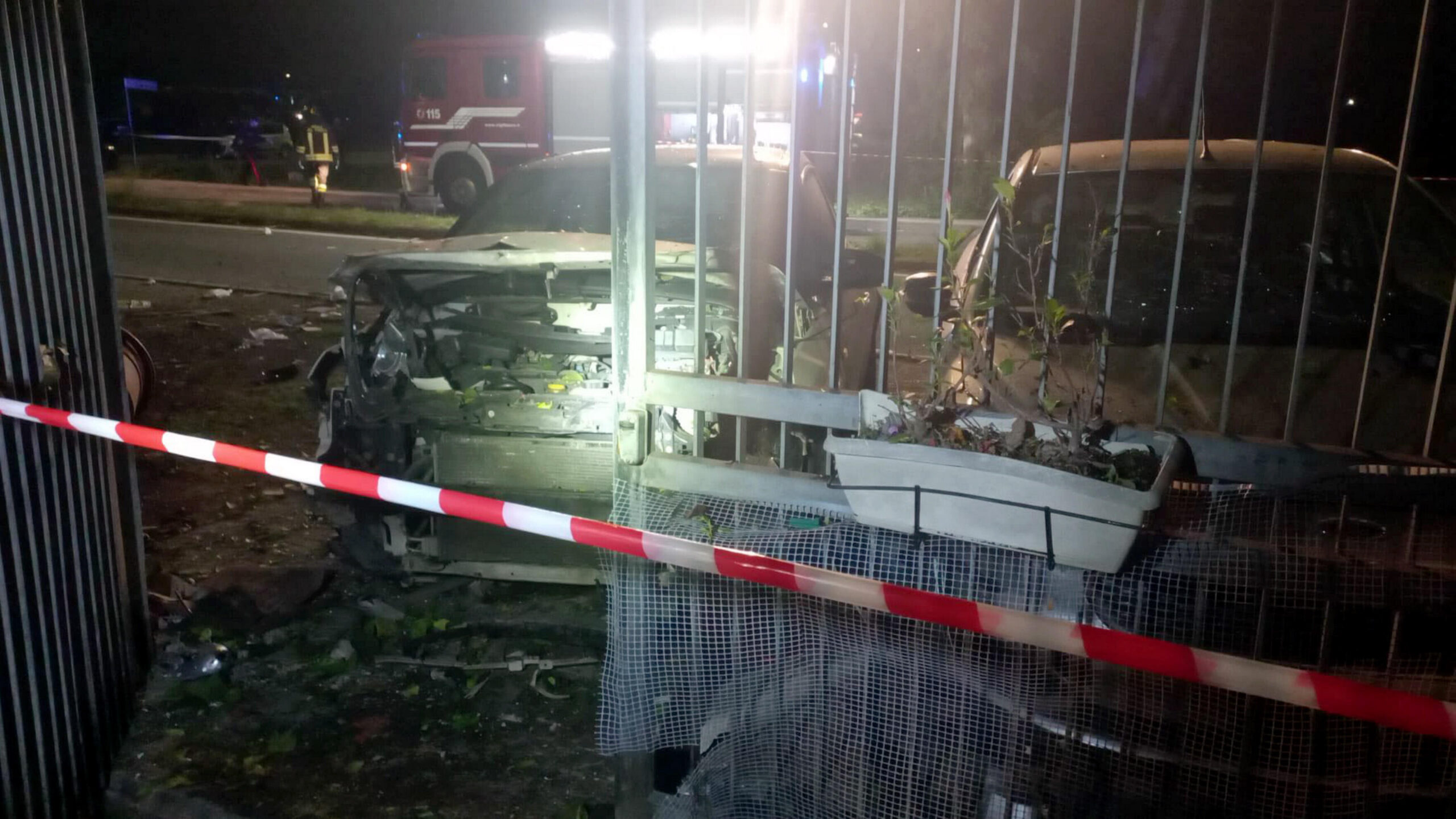
“Last summer, a year ago, we found two P38 bullets outside our house. Since then, a series of unusual situations have occurred in recent months, starting with the attempt to discredit me,” he told Il Fatto Quotidiano. Earlier this year, Ranucci appeared before the European Parliament, where he denounced that he had been under surveillance by the Italian secret services.
Following the attack, Interior Minister Matteo Piantedosi said that he has given instructions to strengthen the journalist’s protection “to the maximum”. The journalist was provided with an armoured car and armed escort, as he himself announced when leaving offices of the Carabinieri, where he had filed a complaint. Opposition parties have urged the Anti-Mafia Committee in the parliament to grant an urgent hearing to Ranucci, in order to acquire his position on the case.
Ranucci joined the public broadcaster Rai in 1991 and devoted most of his career to investigative journalism. Recently, he has been vocal on the growing difficulties in carrying out investigative journalism in Italy, especially at Rai. He often highlighted the tensions with the management of the public broadcaster and the government, which ultimately culminated in a number of vexatious lawsuits and disciplinary measures against him. He also denounced that four episodes of his investigative programme Report had been cut following an unprecedented decision by the Rai management in the programme’s 30-year history.
Alessandra Costante, the General Secretary of the Italian journalists’ trade union, the Federazione Nazionale Stampa Italiana (FNSI), said the attack on Sigfrido Ranucci was “setting democracy in Italy back by several decades”: “It is an attack not only on our colleague at Report, but on freedom of information, on Article 21 of the Constitution, on the basic principles of civil coexistence and democracy. The FNSI demands that clarity be provided quickly on what happened. The attack on Ranucci shows an escalation in actions against journalism,” she added.
The editorial committee of Rai Approfondimento has called a meeting of editors in the Rai headquarters today at 12 p.m. This will be followed at 4 p.m. by a sit-in organised by FNSI, Usigrai and Stampa Romana together with colleagues from other editorial offices.
We stand alongside our Italian partners in expressing solidarity with Sigfrido Ranucci and the wider journalistic community in Italy. This attack is particularly troubling as it coincides with the anniversary of the death of Maltese journalist Daphne Caruana Galizia, who lost her life to a car bomb on 16 October 2017.
The undersigned organisations strongly condemn the attempted murder of a journalist, which constitutes a direct assault on media freedom, and urgently call for a thorough investigation to ensure that the perpetrators are identified and brought to justice.
This statement was coordinated by the Media Freedom Rapid Response (MFRR), a Europe-wide mechanism which tracks, monitors and responds to violations of press and media freedom in EU Member States and Candidate Countries.

